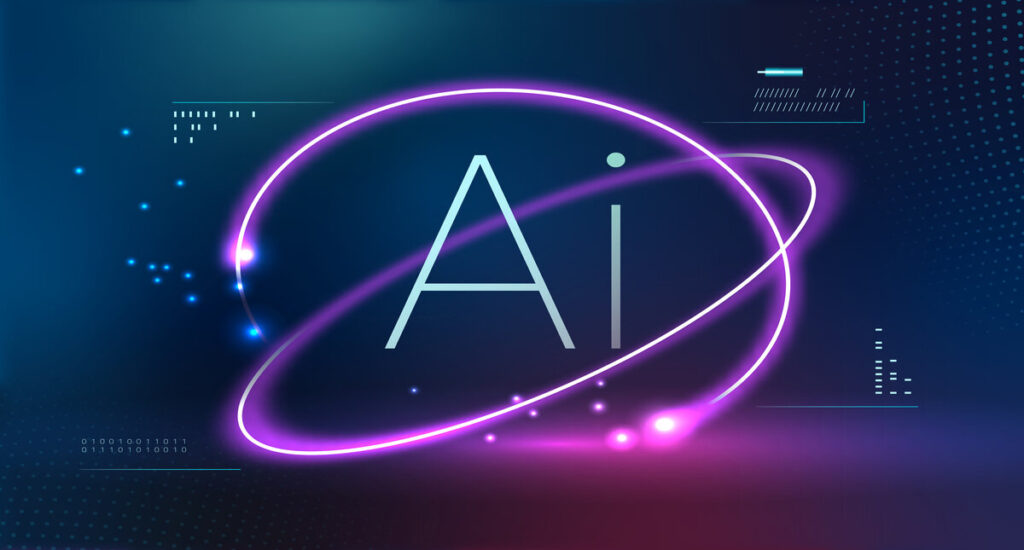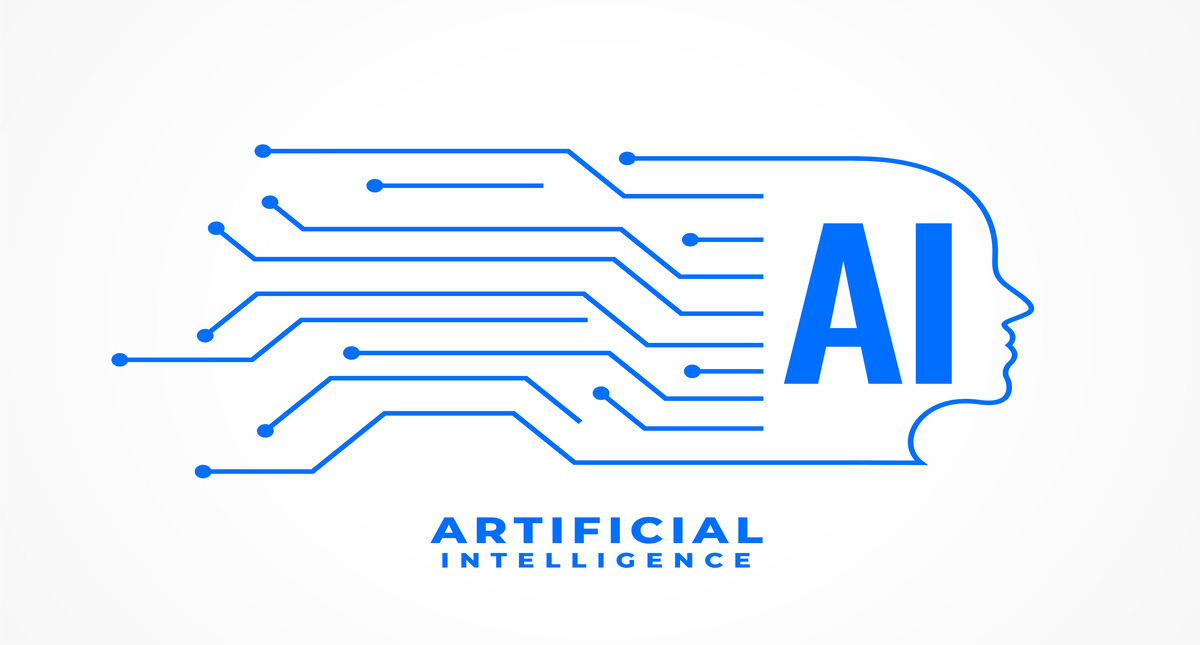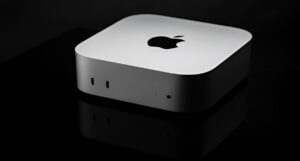Is Artificial Intelligence Worth Learning? Then this article is for you. I’m going to provide you with a complete roadmap that I would follow if I had to start over today on my AI journey.
For context, I started studying artificial intelligence back in 2013—over 10 years ago. Since then, I’ve been working as a freelance data scientist, helping clients with various end-to-end AI and data science solutions. I also share my journey and knowledge on this YouTube channel, which now has over 25,000 subscribers.
At the end of this article, I’ll provide you with a free resource where you can follow all of these steps in the roadmap—including training articles and instructions—so be sure to stick around.
Understanding the Current AI Hype
Before diving into the seven steps to go from beginner to monetizing your AI skills, it’s important to understand what’s going on in the world of artificial intelligence right now.
The AI market is booming. In fact, it’s expected to grow 20-fold by 2030—reaching nearly $2 trillion. That makes now one of the best times to get into the field.
Thanks to pre-trained models from OpenAI, it’s easier than ever to get started. But this ease has also led to misunderstandings and false expectations.
Many people talk about launching AI automation agencies overnight using no-code tools like BothPress, Stack AI, or Flowise. While those tools are great for rapid prototyping, if you want to build reliable, production-level AI applications, you’ll need to understand the technical and coding aspects.
Clarifying What AI Really Is

Another common misconception is what AI actually entails. Artificial Intelligence is not new—it’s been around since the 1950s.
Right now, many people equate AI to ChatGPT or OpenAI models. But in reality, AI is an umbrella term that includes:
- Machine Learning: Where programs learn from data
- Deep Learning: Neural networks powering breakthroughs like image and speech recognition
- Data Science: Where AI, ML, and data handling come together
In my own work, I use all three: AI, machine learning, and deep learning.
Step 1: Decide—Do You Want to Be a Coder?
The first question you need to ask yourself is: Do you want to be a coder?
There’s no right or wrong answer. You can still contribute to the AI space using no-code/low-code tools. But if you want to build powerful, scalable applications, then coding is the path to take.
If you decide not to code, tools like BothPress, Stack AI, or Flowise are great starting points.
But if you’re ready to go deep and become a coder, then let’s dive in.
Step 2: A Unique Learning Approach
My learning strategy is different from the extremes you usually see online.
- On one side: No-code tools, which lack depth
- On the other side: Academic approaches that start with heavy math
My method: Learn by doing.
Reverse-engineer real projects, build hands-on, and fill in theory as needed.
Step 3: Set Up Your Development Environment
The first real step is to set up your environment.
Python is the go-to language for AI and data science. While it’s beginner-friendly, the first hurdle is understanding how to actually run Python on your computer.
I recommend setting up an environment using VS Code and installing Python properly. I’ve created a detailed walkthrough in the resource I’ll share at the end of the video.
Step 4: Learn Python for Data Science and AI
Once your environment is ready, it’s time to learn Python.
Start with basic programming concepts if you’re completely new, and then quickly move on to libraries specific to AI:
- NumPy – for numerical operations
- Pandas – for data manipulation
- Matplotlib – for data visualization
These libraries are essential because AI is built on data. You need to know how to transform raw data into usable information.
Step 5: Learn the Basics of Git and GitHub
Some may call it an advanced step, but I recommend learning Git and GitHub early.
Many tutorials and real-world projects are shared on GitHub. If you understand basic Git, you can clone repositories, run code, and explore real examples more efficiently.
Step 6: Build Projects and Start a Portfolio
This is where the real learning happens—through projects.
Reverse-engineer existing code, explore project structures, and learn by doing. This also helps you discover what area of AI you’re most interested in:
- Computer vision
- NLP (Natural Language Processing)
- General machine learning
Great platforms for this include:
- Kaggle – Compete in real data science challenges
- My GitHub – With LangChain experiments like YouTube bots and Slack agents
- Project Pro – Offers 250+ verified end-to-end projects with code, videos, and expert support
This is an excellent way to not only learn but also gain confidence for freelancing or job opportunities.
Step 7: Choose a Specialization and Share Your Knowledge

At this stage, you’ve built foundational knowledge, worked on projects, and explored tools. Now it’s time to:
- Pick a specialization – Machine Learning, NLP, Data Science, etc.
- Start sharing what you know – Blog, write on Medium, or start a YouTube channel.
Teaching and creating content will solidify your own understanding and contribute to the AI community.




